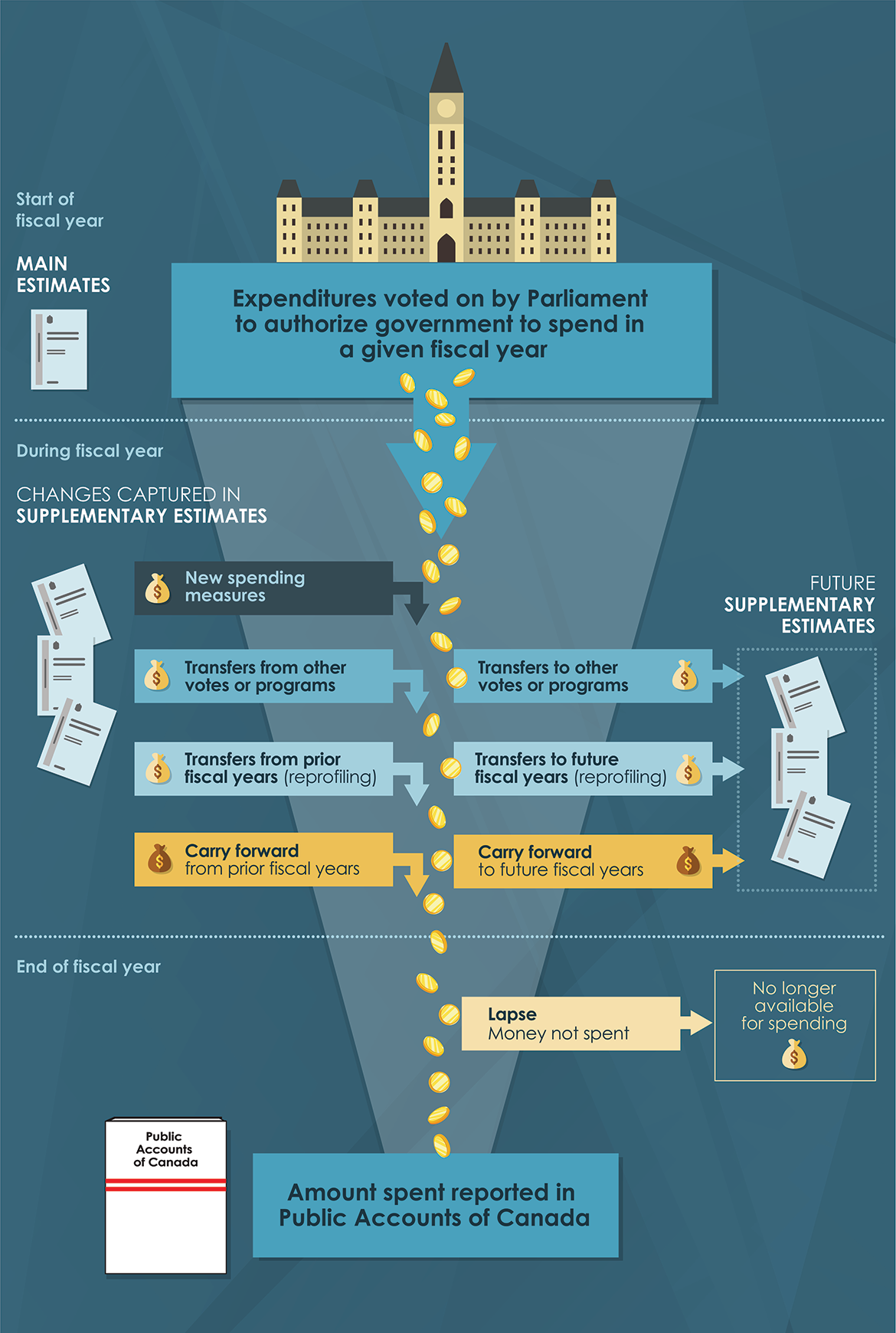Exhibit 9—How voted expenditures are managed in a fiscal year
Exhibit 9—How voted expenditures are managed in a fiscal year

Exhibit 9—text version
This graphic shows how voted expenditures are managed from the start of a fiscal year to the end of a fiscal year.
At the start of a fiscal year, the Main Estimates report the expenditures voted on by Parliament to authorize the government to spend in a given fiscal year.
During the fiscal year, the changes are captured in the supplementary estimates. Several changes affect the amount spent that is reported at the end of the fiscal year in the Public Accounts of Canada. These changes are new spending measures, transfers from other votes or programs, transfers from prior fiscal years (also known as reprofiling), and amounts carried forward from prior fiscal years.
Several changes during the fiscal year will affect the amount of future supplementary estimates. These changes are transfers to other votes or programs, transfers to future fiscal years (also known as reprofiling), and amounts carried forward to future fiscal years.
At the end of the fiscal year, any money not spent lapses, meaning that it is no longer available for spending.